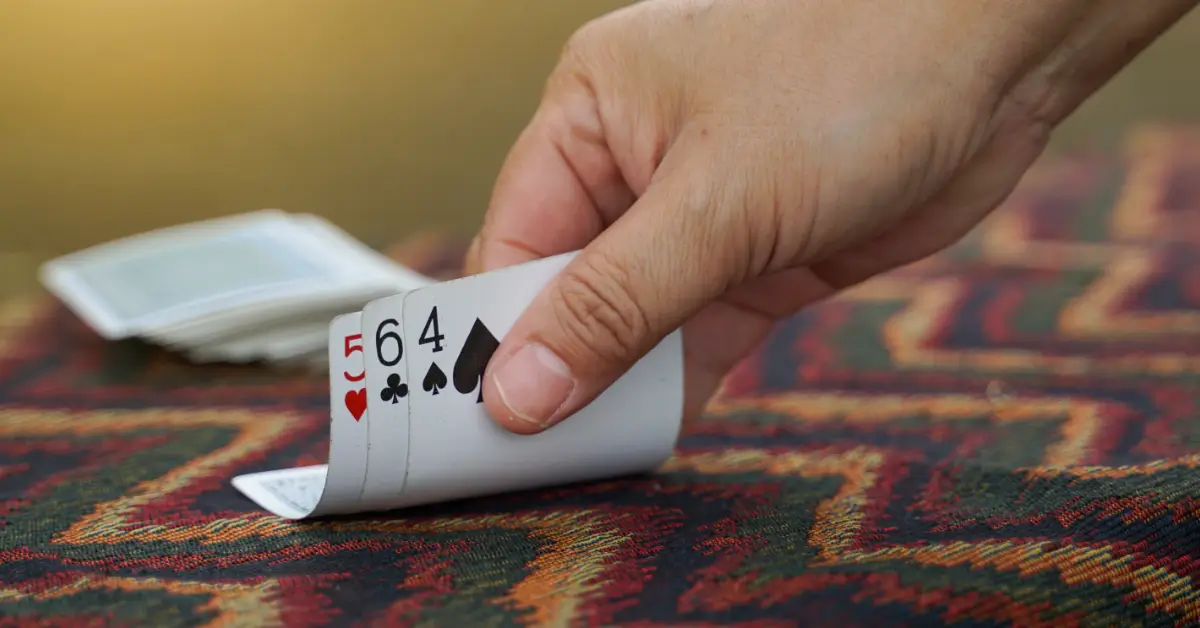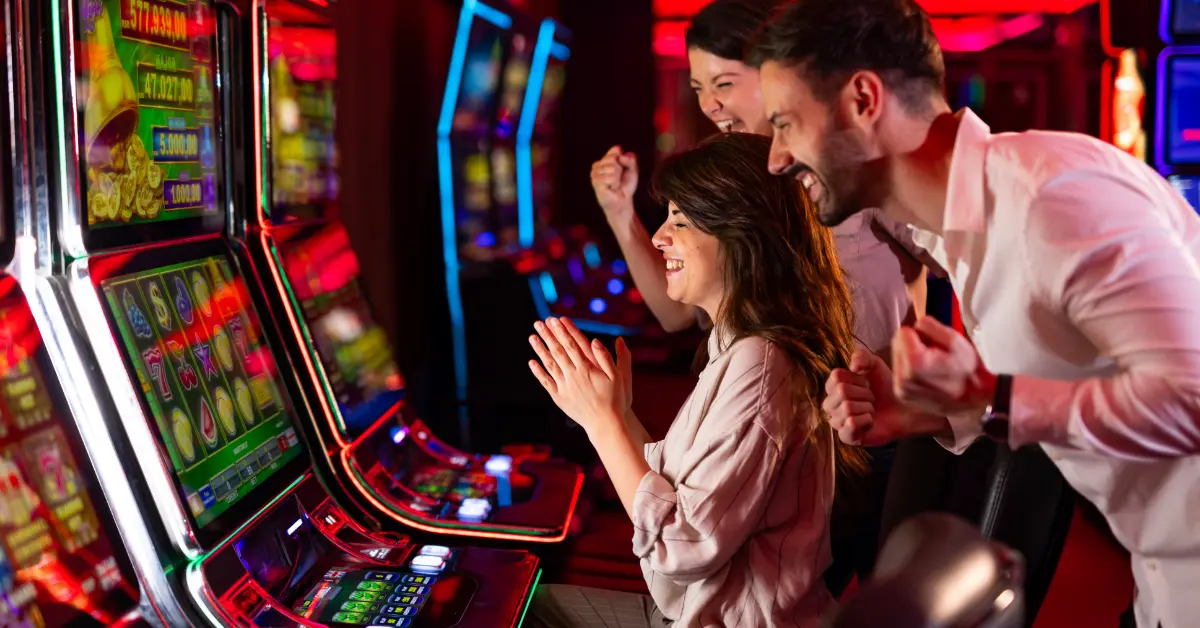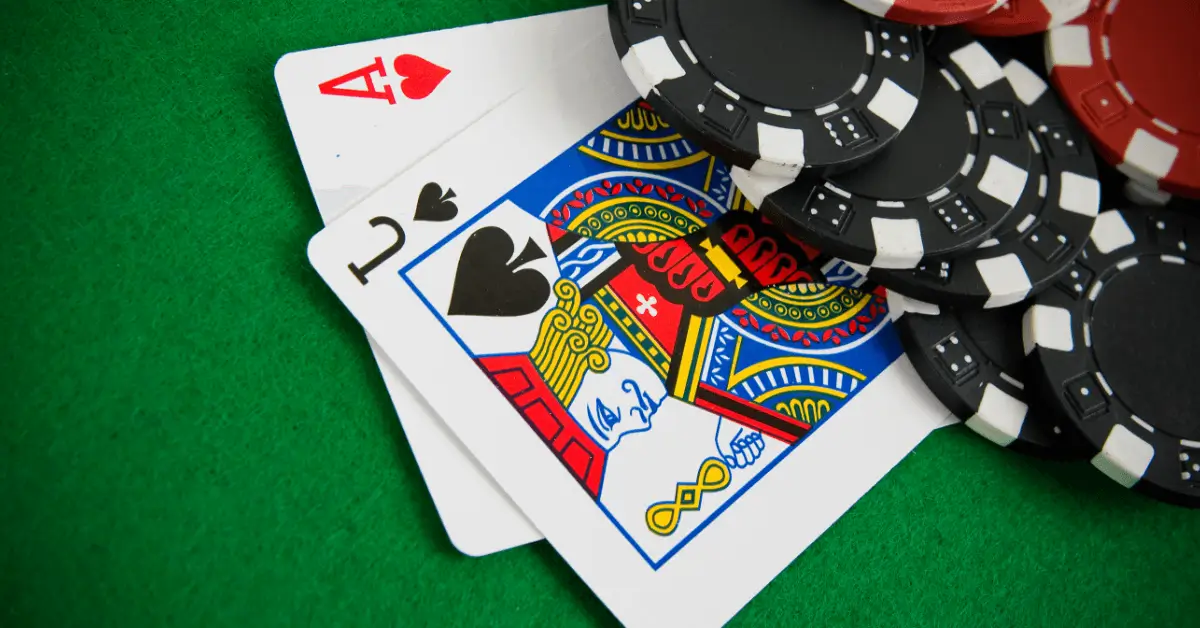How to Win Scratchcards: A Realistic Player’s Guide
If you’ve ever wondered how to win scratchcards more often, or at least stretch your chances, you’re not alone. Scratch-off games are quick, exciting, and deceptively simple, but behind the glittery foil lies a set of rules, odds, and strategies that every player should know.
I’ll break down how scratchcards actually work, share practical strategies players swear by, and explain how to approach them with a smarter, more informed mindset.
How Scratchcards Actually Work
From what I’ve learned, scratchcards aren’t as random as many players think. Whether I’m buying one at a gas station counter or clicking on an online version, there’s a system behind the prizes.
At their core, scratchcards are designed with predetermined odds and a fixed prize structure, and knowing how this works can help me make smarter choices.
Here’s what that really means:
Finite Print Runs
In physical scratch-off games, the lottery prints a set number of tickets, like 1 million, with a predetermined number of winners.
For example, there might be 100,000 winning tickets, most for small prizes, and only a handful for the biggest jackpots.
Prize Distribution
The prize structure is heavily weighted toward small wins. That’s why you are far more likely to win $5 than $5,000, even if the top prize technically still exists.
Online Scratchcards
Online scratchcards don’t come from a stack of printed tickets. Instead, they use Random Number Generators (RNGs) to create results instantly.
The math is still fixed, with a set return-to-player (RTP) percentage over time, but each play is independent.
That means buying several in a row doesn’t “increase chances” the way it might with a physical roll.
6 Tips to Win Scratch Offs
Before anything else, there is no way to force a win. I just try to make choices that give me slightly better shots and protect my bankroll.
Here’s the step-by-step system I use.
Buy Batches From the Same Roll (Not Scattered Singles)
With printed tickets, wins are distributed across a fixed roll. Buying consecutive tickets reduces the “random scatter” effect of grabbing one-offs from different games and stores.
How I do it
- Ask the clerk for tickets from the same pack (you’ll see sequential numbers like #012, #013, #014).
- Set a batch size that matches my budget—4–10 tickets is my sweet spot.
Example: If I have $40, I’d rather buy four $10 tickets in a row from one roll than eight $5 tickets from random games. - I avoid buying one today, one tomorrow. I make it one session, same roll, so I actually test the roll instead of sampling noise.
- Skip it if the store is selling loose “split” packs and can’t give me consecutive numbers. I pass (I cover this more in the practical section later).
Check Prize‑Remaining Reports
Before handing over cash, I check the posted odds and the number of unclaimed top prizes. If a game’s best prizes are already gone, I skip it, no matter how flashy the design.
I also avoid “special edition” or anniversary tickets, as they tend to have weaker prize structures.
How I do it
- Search for my state’s lottery “remaining prizes” page and open it on my phone at the counter.
- Look for (a) how many top prizes were issued, (b) how many are still unclaimed, and (c) the game’s launch/end dates.
- I skip games with zero top prizes left or end‑of‑game status where claims are winding down.
- If a game started months ago and still shows several top prizes unclaimed, that’s a better candidate than a game with only low prizes left.
- Data can lag a little—so I treat it as a filter, not gospel.
Avoid Brand‑New Games
Most of the time, I avoid new games. Early in a launch, a lot of tickets are still in warehouses or transit, so the “good stuff” may not be on shelves yet. I’d rather play when a game has circulated.
Only if the posted odds are exceptionally strong compared with similar‑price games, or if the prize‑remaining page shows plenty of top prizes out there, and it’s been at least a few weeks, I’ll consider it.
Favor Higher‑Priced Cards
I personally prefer higher‑priced cards, but I also cap my risk. In many states, $10–$20 tickets have better overall odds and better prize structures than $1–$5 tickets.
That said, I set a strict session budget and never increase my ticket price mid-session to chase losses. Higher stakes only make sense when they’re planned, not emotional.
How to Apply it
- Compare the posted odds on the back (or online) instead of assuming price = quality.
- Set a hard session budget (e.g., $40–$60). I’d rather buy fewer better‑odds tickets than a pile of poor‑odds cheapies.
- I never “up my price” mid‑session to chase losses. If my budget is gone, I’m done.
Track Your Spend and Results
This kills the “almost won” illusion. Memory is selective. A tiny win feels big in the moment and hides the long‑term cost
My simple log goes like this:
Date | Store | Game name/# | Ticket #s | Price | Result ($) | Net (+/–)
Every 10–20 tickets, I review my return rate by game. If one game consistently bleeds me, I drop it—no “it’s due” rationalizing.
This record has stopped me from throwing more money at “cold” games just because I like the artwork or theme. It also shows me which games are consistently returning more than others.
Treat Online Scratchcards Like Software, Not Stacks of Tickets
Online scratchcards for real money use RNGs (Random Number Generators), not finite rolls. Batch‑buying logic doesn’t apply.
What to Check
- RTP (Return‑to‑Player): I open the game info and look for the RTP percentage. If I can’t find it, that’s a red flag.
- License: I only play at licensed sites with clearly stated terms. RNGs should be independently tested (refer to recognized testing labs in the site’s footer/help).
- Limits: I set deposit caps and time reminders in my account settings. I avoid autoplay; I want deliberate, not rapid‑fire, play.
- Small-stakes: I first try a few low-stakes rounds to understand the pace, features, and whether the game fits my tolerance for volatility.
- Disclaimer: These are strategies, not cheat codes. online scratchcards are built with a house edge. My goal isn’t to “beat” them, it’s to choose better games, manage risk, and avoid obvious traps.
Tips That Scratchcard Players Swear By
Over the years, I’ve learned that some of the best scratchcard advice doesn’t come from “official” guides. It comes from everyday players who’ve spent years testing their own theories.
I’ve picked up a lot of these habits myself, and they’ve saved me money and helped me spot wins I might have missed. Here’s some not official tips I actually apply:
Scan Losing Tickets
I’ve seen people toss tickets without realizing they’d won $5 or $10 because the prize text was tiny or printed in a tricky spot.
I never assume I lost until I’ve run the ticket through a scanner at the store or used the official lottery app. It takes seconds, and it’s free insurance against human error.
Avoid Low-Traffic Retailers
If a store barely sells tickets, its rolls move slowly, and it can be stale, with many small wins already claimed by the first few buyers.
I stick to places with steady ticket turnover, like busy gas stations, because it increases my odds of hitting a roll with decent prizes.
Don’t Chase Losses on the Same Game
If I’ve bought three or four tickets from the same game and all were losers, I move on.
I used to keep buying, thinking “the next one has to hit,” but scratchcards don’t work like that. These days, I’d rather test my luck on a completely different game than keep feeding the same cold roll.
Use Second-Chance Drawings
I enter every eligible losing ticket if my state lottery offers a second-chance program.
I treat it as bonus value. Free entries into another draw for prizes I’d never get otherwise. Surprisingly, many people skip this step, but I’ve won small cash and merchandise prizes this way.
Avoid Split Packs
When a retailer sells tickets from multiple rolls at once or lets people cherry-pick from the middle, I walk away.
I want to buy from a full, intact roll where I can control which tickets I’m getting. Split packs kill the batch-buying advantage I use in my main strategy.
Do These Tips Apply to Online Scratchcards?
Online scratchcards look like the paper ones, but the math behind them differs. Instead of a fixed roll of tickets, the results come from a Random Number Generator (RNG) that creates an outcome instantly for each play.
That means some real-world strategies don’t transfer well:
- Batch-buying doesn’t apply: Each click is independent, so buying multiple plays in a row doesn’t increase odds.
- Prize pool transparency varies: Some sites publish RTP (return-to-player) percentages; others keep payout data vague. I only play where I can see the numbers.
- RTP matters: If a game has an RTP of 94% versus another at 88%, I’ll choose the higher RTP every time; it adds up over many plays.
- Tracking still applies: I log my online play the same way I do for physical tickets. It keeps me honest about how much I’ve actually spent.
- Second-chance promos may not exist: Some sites offer leaderboard prizes or loyalty points, but online-only scratchers usually don’t have physical-lottery style second-chance drawings.
The Math Behind Scratchcards
If I’m going to spend money on scratchcards, I want to know exactly what I’m up against. Scratchcards are designed with math that favors the house, and once I understood that, I stopped buying into the myth of “luck streaks.”
For physical scratchcards, the lottery decides the number of winners before the first ticket is printed.
Imagine a game with one million tickets and a posted overall odds of 1 in 3.5. That doesn’t mean I’ll win every third ticket, it means that across the entire million-ticket print run, the ratio works out that way.
I could hit three losers in a row or get two winners back-to-back without breaking the math.
For online scratchcards, there’s no physical roll to work through. They use a Random Number Generator (RNG) to decide the outcome the second I click “play.”
Instead of print runs, online games have a Return to Player (RTP) percentage, say 94%. Over millions of spins, 94% of all wagers will be paid back in prizes, and the rest is the house edge.
The important part? Each play is completely independent. There’s no such thing as a ticket being “due” online.
Once I accepted that the odds never bend in my favor long-term, my mindset shifted: my goal became finding the smartest ways to play within those odds, not trying to “beat” them.
Give These Scratchcard Strategies a Try!
If you want to figure out how to win scratchcards more often, or at least lose less, you have to treat them like any other form of gambling: the math always wins in the end, but you can choose how you play within it.
I pick my games carefully, buy in intentional batches, and keep a record of every ticket. I make use of prize-remaining reports and second-chance entries, and I walk away when a session budget is spent.
For me, the real “win” is stretching my entertainment time, avoiding obvious traps, and occasionally hitting a prize that feels like a genuine bonus.
Scratchcards are first built for fun, but if you play with a plan, that fun can last longer and maybe pay off along the way.



